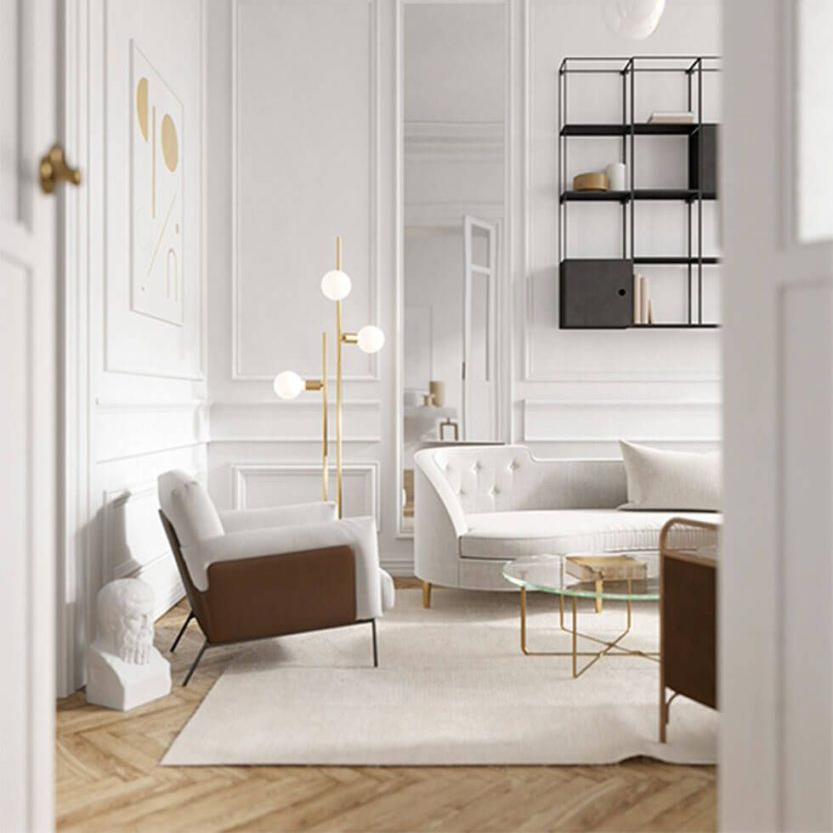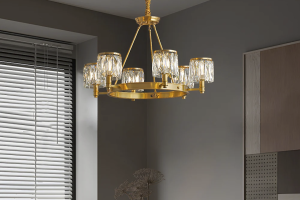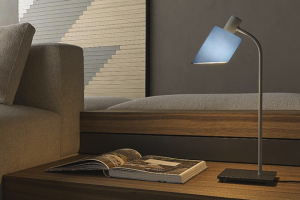Lighting is an essential aspect of any kitchen, and one area that requires special attention is the countertop. Whether you are preparing meals or entertaining guests, having adequate lighting over your kitchen counters is crucial for safety, efficiency, and ambiance. One solution that has become increasingly popular in recent years is hanging lights, also known as pendant lights. Here’s everything you need to know to incorporate hanging lights into your kitchen design.
What are Hanging Lights?
Hanging lights are fixtures that are suspended from the ceiling by a cord, chain, or rod. They come in various styles, sizes, and shapes, from simple and understated to bold and decorative. Hanging lights are versatile and can be used in any room, but they are particularly suitable for kitchens because of their ability to provide focused task lighting and visual interest.
Why Use Hanging Lights in Your Kitchen?
There are several reasons why you might want to consider hanging lights in your kitchen:
- Functionality: Hanging lights are excellent for illuminating specific areas of your countertop, such as the sink, stove, or prep area. They provide concentrated and directed light that helps you see what you’re doing and avoids casting shadows.
- Style: Hanging lights are a decorative element that can enhance your kitchen’s aesthetic appeal. They come in a variety of materials, colors, and designs that can complement your existing décor or introduce a new focal point.
- Personality: Hanging lights are a way to showcase your personality and taste. You can choose fixtures that reflect your unique style, whether it’s retro, industrial, minimalist, or eclectic.
How to Incorporate Hanging Lights into Your Kitchen?
Here are some tips on how to incorporate hanging lights into your kitchen:
Choose the Right Number and Size of Lights
The number and size of hanging lights you need depend on your kitchen’s size, layout, and the level of lighting you want to achieve. As a general rule, you should have one hanging light for every two feet of countertop. If you have a large island or dining table in your kitchen, you can consider using multiple hanging lights arranged in a row or cluster. The size of your hanging lights should be proportional to the size of your countertop and the height of your ceiling. A good guideline is to leave at least 30 inches between the bottom of the pendant light and the countertop.
Consider the Style and Material of Your Lights
When choosing hanging lights for your kitchen, consider the style and material that will complement your decor. Some popular styles include industrial, farmhouse, modern, and vintage. You can choose from a variety of materials, such as glass, metal, wood, or fabric. Each material has its unique texture, color, and light output, so make sure to choose ones that fit your needs and preferences.
Position the Lights Correctly
The placement of your hanging lights is crucial for achieving the desired lighting effect. You want to position them where they will provide sufficient light without interfering with your work. Generally, you should hang the lights above the work area or task surface and avoid hanging them directly over the eyes of your guests. You can also experiment with the height and angle of the lights to create different moods and effects.
Choose a Compatible Bulb
The type of bulb you choose can also affect the quality and color of the light produced by your hanging lights. LED bulbs are a popular choice because they are energy-efficient and long-lasting. However, make sure to choose bulbs that are compatible with your fixture and provide warm or cool light depending on your preferences.






More Stories
The Aesthetic Appeal of Ceiling Lights on Pinterest: Elevating Your Home Decor Game
Enhance Your Home Lighting with Litfad Lamps: A Review
Unleashing Creativity with Multi-Level Ceiling Designs